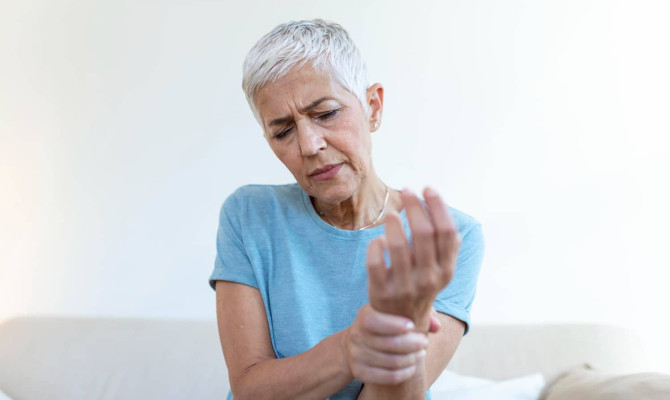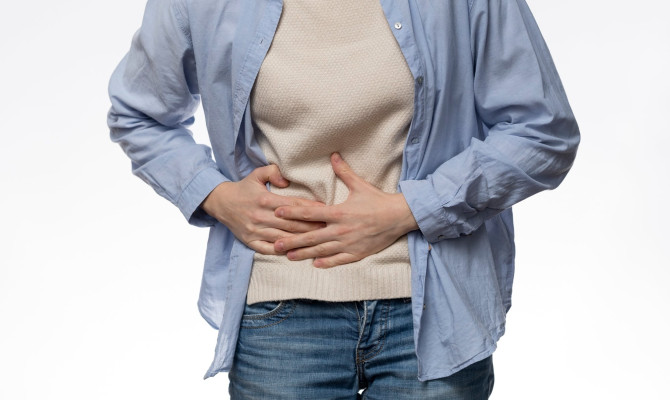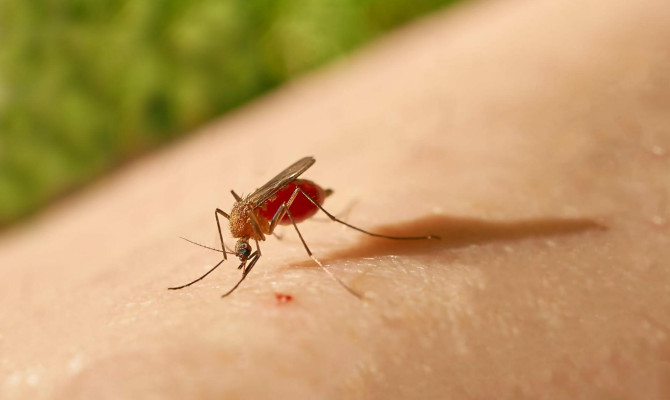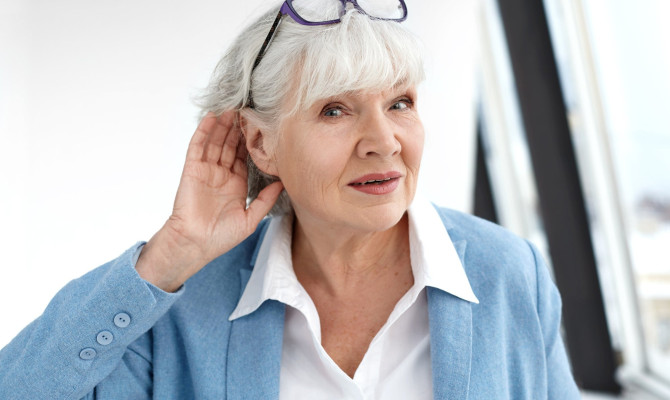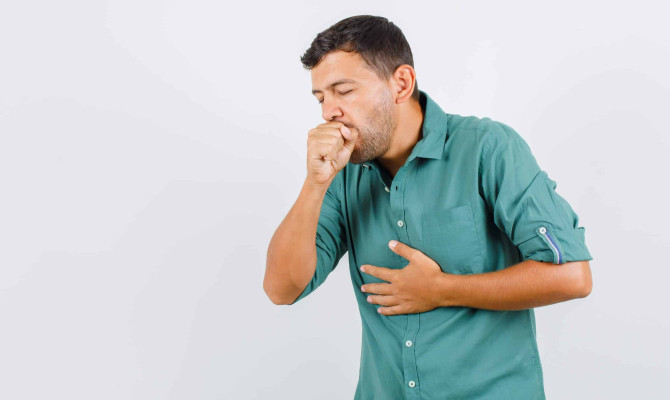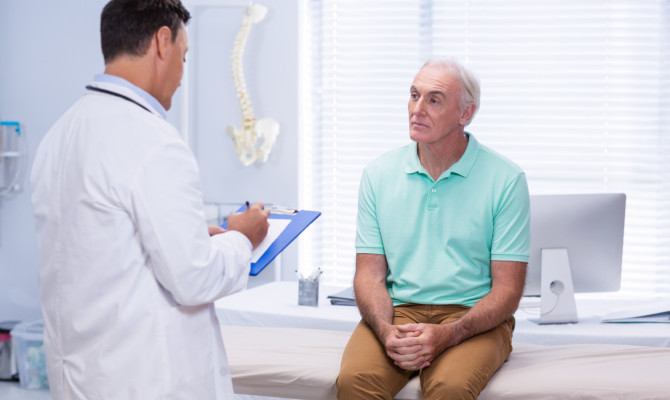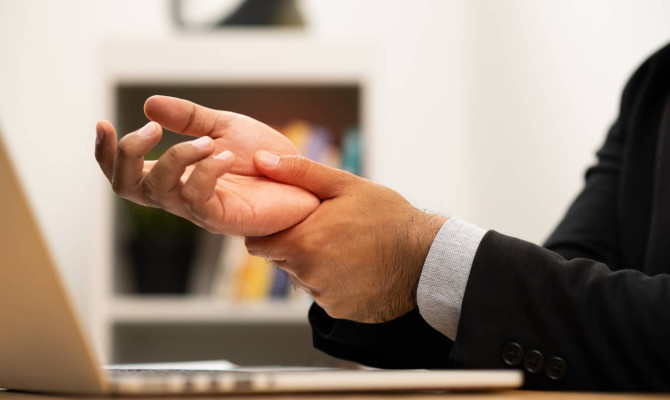Gallbladder Disease : A General Overview

- Gallbladder
- 16 Aug 2023
Overview
About Gallbladder
To aid in the digestion of fats in the diet, the liver secretes a digestive juice called bile, which is stored in a tiny sac called the gallbladder. The gallbladder squeezes the bile until it is extremely concentrated by eliminating the water. The gallbladder releases its bile concentrate into the small intestine in the presence of fatty foodstuffs.1Overview| Researched based study from Medlineplus.gov

Types
Types of gallbladder disease
Gallbladder diseases include:6Types| Researched based study from Nlm.nih.gov ,7Types| Researched based study from Nhainform.com
Cholelithiasis
- It is often known as gallstone disease, is characterized by the formation of cholesterol, bilirubin, and bile stones in the gallbladder.
- Most people with these stones never know they have them since they have no symptoms.
- Pain in the epigastrium that spreads to the right shoulder blade and upper back is a common complaint among symptomatic patients.
Acute cholecystitis
- Acute cholecystitis is gallbladder inflammation that causes swelling. Because of the severity of the illness, hospitalization is frequently necessary.
- Acute cholecystitis is characterized by a sudden, severe pain in the upper right side of the abdomen (abdomen), which may radiate into the right shoulder. The area of the abdomen that is afflicted is typically very painful, and deep breathing can aggravate the pain.
Biliary dyskinesia
- The gallbladder and sphincter of Oddi can be affected by a motility problem called biliary dyskinesia. Gallbladder dyskinesia refers to a problem in gallbladder motility. Patients with this illness complain of biliary pain, yet diagnostic tests fail to reveal gallstones.
Gangrenous cholecystitis (GC)
- Necrosis and perforation of the gallbladder wall due to ischemia after increasing vascular insufficiency are the hallmarks of gangrenous cholecystitis (GC).
- Cholelithiasis can lead to GC, a potentially fatal condition.
Gallbladder Cancer
- Cancer of the gallbladder can develop in any part of the organ. Having gallstones removed is a common way for doctors to discover gallbladder cancer. The stage of gallbladder cancer is relative to its location, size, metastasis, and the patient’s overall condition.
Cholangiopathy
- Any condition that affects the bile ducts is called cholangiopathy.
- Cholangitis, which can be caused by a short-term infection, a blockage, or a chronic autoimmune condition like primary biliary cholangitis, is the first stage of cholangiopathy.
- Scarring and constriction of the bile ducts (biliary stricture) are possible outcomes of chronic cholangitis. A buildup of bile in the liver and gallbladder might result from this.
Causes
Causes of gallbladder disease
Gallstones, which can obstruct the passage of bile through the bile ducts and result in discomfort and inflammation when they do, are the primary cause of gallbladder illnesses. some major causes are:6Causes| Researched based study from Nlm.nih.gov
- Gallstones , both untreated or recurrent
- Blockage of bile ducts
- Infection of bacteria or virus
- Tumor of gallbladder
- Metabolic disorder
- Abnormal motility of intestine
- Chronic diseases
- Autoimmune disorder
- Genetic reasons
Symptoms
Symptoms of gallbladder disease
- An attack on your gallbladder might produce severe, prolonged pain in your upper right abdomen.
- Gallbladder attacks typically happen in the evening or during the night after a very large meal. Once you’ve had a gallbladder attack, you have a higher chance of having more later. 3Symptoms| Researched based study from Niddk.nih.gov
Some common symptoms may include:
- A very high fever
- Increased pain
- Yellowing of the skin and whites of the eyes (jaundice)
- Increased heartbeat
- Scratchy skin
- Symptoms of diarrhea
- Severe Chills
- Lack of appetite
- Mental fogginess
Complications
Complications of Gallbladder disease
- Biliary colic occurs when a gallstone travels up the cystic duct from the gallbladder’s main chamber, blocking the bile flow.5Complications| Researched based study from Nhs.uk
- The bile pigments make the skin and eyes turn yellow.
- Pancreatitis, which is inflammation of the pancreas, can also cause urine to take on an orange or brown hue if a bile duct close to the pancreas becomes blocked. The leakage of pancreatic enzymes into the abdominal cavity causes irritation and burns to the pancreas.5Complications| Researched based study from Nhs.uk
- Cholangitis is bile duct inflammation, brought on by infected bile due to a blocked bile duct caused by a gallstone.
- Cirrhosis due to inflammation of liver.
When should you consult a medical examiner for gallbladder disease?
If you’re experiencing any of the following signs during or after what could be a gallbladder attack, you should get medical help immediately away:3Complications| Researched based study from Niddk.nih.gov
- Persistent stomach ache that lasts for hours
- Symptoms such as nausea, vomiting, fever, or chills
- Jaundice is characterized by a yellowing of the skin and/or eyes.
- Feces and pee that are white and tea-colored, respectively
- A gallbladder, liver, or pancreatic infection or inflammation could be the cause of these symptoms.
- Additional illnesses that share symptoms with gallbladder diseases include appendicitis, ulcers, pancreatitis, and gastroesophageal reflux syndrome.
Diagnosis
Diagnostic Procedures for Gallbladder Disease
Your doctor will start with your medical history, check your vitals and frequency of symptoms. Doctor may ask for following tests:2Diagnosis| Researched based study from Gi.org
Blood test
- Complete blood count- to check WBC’s count
- Liver function tests – to know the health status of liver and if is there any obstruction in bile duct.
- Pancreas function test- if obstruction in pancreatic duct is suspected.
Imaging Tests
- Ultrasound-Sound waves are used in ultrasound to look at the bile ducts, liver, and pancreas. It has no risks and is completely non-invasive.2Diagnosis| Researched based study from Gi.org
- Endoscopic ultrasound-In endoscopic ultrasound, an ultrasound probe is attached to the end of a specialized scope. The bile ducts, gallbladder, and pancreas can be imaged using ultrasonography after the scope has been inserted into the small intestine.
- Endoscopic retrograde cholangiopancreatography (ERCP): The bile and pancreatic ducts can be viewed and treated using this specialized endoscope. It also facilitates therapeutic procedures like the removal of stones from the bile or pancreatic ducts.2Diagnosis| Researched based study from Gi.org
- Sphincter of Oddi manometry-It is an additional test that can be performed at the time of ERCP to measure the pressure inside the sphincter of Oddi muscle by a physician with particular training in this field.
- Magnetic resonance imaging (MRI) is the technology used in this examination. Without the need for an endoscope, this noninvasive technique can produce high-quality images of the bile and pancreatic ducts using specialized computer software.
Risk
Who is at risk of developing gallbladder disease?
You’re more likely to develop gallbladder disease if :
- You are female, especially if you’ve already had kids, are on the combined pill, or are undergoing high-dose estrogen therapy4Risk| Researched based study from Betterhealth.vic.gov.au
- You are too fat
- Have reached the age of 40
- Be afflicted by a disease that prevents bile from flowing normally (such as cirrhosis, primary sclerosing cholangitis, or obstetric cholestasis)
- Suffer from a digestive disorder like Crohn’s or IBS
- Carry a strong family history of gallbladder diseases
- You are diabetic
- Have just lately lost weight (via diet or surgery)
- Are using the medication ceftriaxone
Treatment
Treatment of gallbladder disease
Surgical treatment methods
As a treatment option, surgeons typically perform one of two cholecystectomies:5Treatment| Researched based study from Nhs.uk
Cholecystectomy performed via laparoscopy
- The removal of a gallbladder due to disease can be accomplished with laparoscopic cholecystectomy, a minimally invasive surgical procedure.
- You may be able to go home the same day after having a laparoscopic cholecystectomy, as many surgeons now perform these procedures as outpatient procedures.
Open cholecystectomy
- This surgery is opted for when the patient has a history of any previous surgery that caused scarring of the gallbladder or when the gallbladder is severely impacted and inflamed.
- If any serious issue occur during a laparoscopic cholecystectomy, surgeon may opt to do a traditional cholecystectomy instead.
- You might need to spend a week in the hospital recovering from surgery. After about a month, you should feel well enough to resume your regular workout routine.
Non-surgical treatment
Only in rare cases, such as when a patient has cholesterol stones and a major medical condition limits surgery, do doctors recommend nonsurgical therapies. However, gallbladder disease might come back even after therapy. As a result, you might need to take medication on a regular basis for a very long period, if not for the rest of your life.4Treatment| Researched based study from Betterhealth.vic.gov.au
The following are some of the nonsurgical methods a doctor can employ to relieve any gallbladder symptoms:
Treatment administered via oral dissolution.
- Gallstones can be dissolved with the help of medications like chenodiol (Chenix) and ursodiol (Actigall) which contain bile acids. Small cholesterol stones are the best candidates for treatment with these medications.
- You’ll usually need to be treated in the hospital with fasting, intravenous fluids, antibiotics, and medicine for pain relief for inflammation of the gallbladder.
Lithotripsy using shock waves.
- Gallstones can be broken up by a doctor using shock wave lithotripsy to allow free flow of bile.
- This method is rarely used by doctors and is often combined with ursodiol when it is used.
Healthy Diet
A good diet has been shown to reduce gallbladder disease development. To help reduce the risk of developing gallbladder disease, experts recommend:
- Increase your consumption of high-fiber foods including whole grains, veggies, and fruits.
- Brown rice, oats, and whole wheat bread are all examples of whole grains.
- If you want to know how to lose weight fast, all you have to do is eat less.
- Consuming healthy fats like olive oil and fish oil can aid in the regular contraction and emptying of the gallbladder.
- Stay away from the harmful fats that are commonly found in sweets and fast meals.
- Maintain proper eating and weight.
Before making any drastic changes to your diet, discuss them with your doctor.
Prevention
How to prevent gallbladder disease?
- Shifting to a diet that’s higher in fiber and healthy fats and lower in sugar and refined carbs.7Prevention| Researched based study from NHSinform.scot
- Those who are overweight or obese can lose weight in a healthy way to avoid gallbladder diseases like gallstones.
- Keeping a healthy weight requires a commitment to both a healthy diet and regular exercise.
Takeaway
Takeaway
Minimally invasive surgery is a common and effective treatment for gallbladder problems. All symptoms, no matter how mild, should be taken seriously. Mild, intermittent biliary discomfort that goes away on its own can actually be a sign of a more serious underlying issue. Surgery is a common therapy option. Outpatient gallbladder removal allows many patients to recover quickly and return home after the procedure. After healing, a person’s quality of life can be just as good as it was before the removal of their gallbladder.
Any feedback on this article?
 This Articles content was accurate
This Articles content was accurate Very Informative Article
Very Informative Article I have a question or a comment
I have a question or a comment
 This article contains inaccurate content
This article contains inaccurate content This article was not helpful
This article was not helpful I have a question or a comment
I have a question or a comment
We appreciate your helpful feedback!
Checkout our social pages
References
-
Medline Plus
Gallbladder Diseases | Overview | Types
-
American College of Gastroenterology
Biliary Tract Disorders, Gallbladder Disorders, and Gallstone Pancreatitis | Diagnosis
-
National Institute of Diabetes and Digestive and Kidney Diseases.
Gallstones | Symptoms | Complications | Treatment
-
Better Health Channel
Gallbladder - gallstones and surgery | Treatment | Complications
-
National Health Service
Gallstones | Causes | Prevention
-
National Library of Medicine
Gallstones (Cholelithiasis) | Types
-
NHS Inform
Acute cholecystitis | Types












